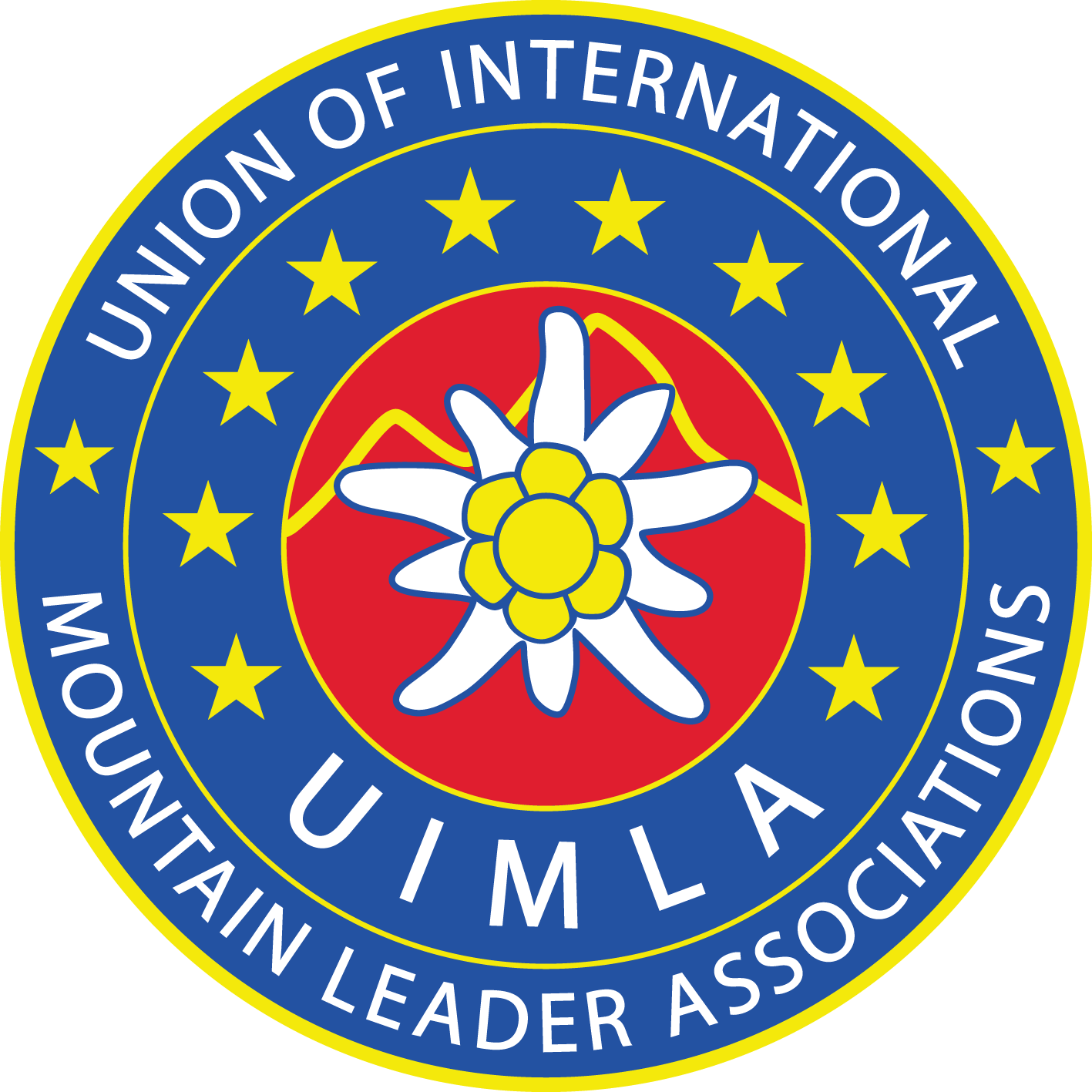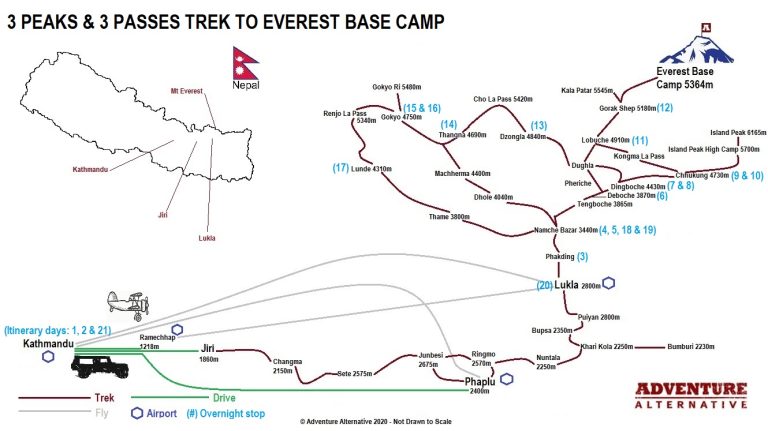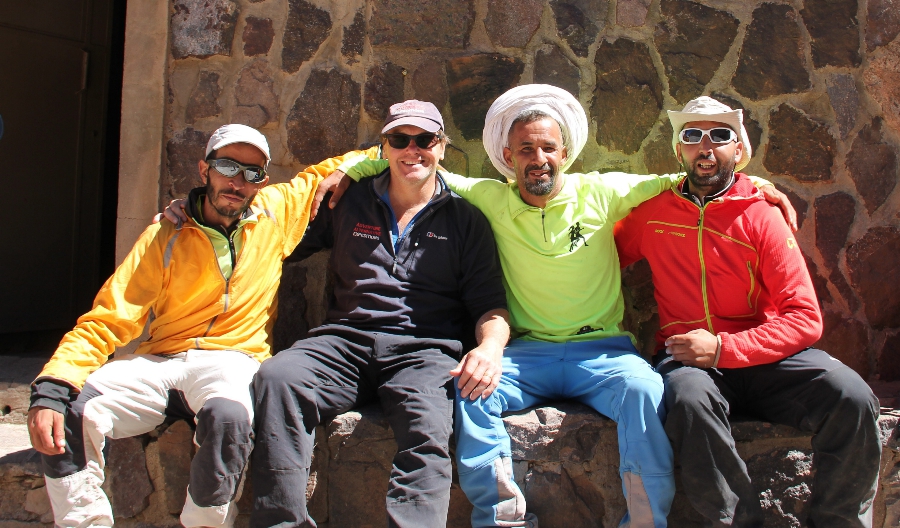Three Passes & Three Peaks Trek to Everest
If you have a bit more time to really absorb the beauty of the Himalayas then this is the ultimate trek to Everest Base Camp! This really is an extended trek or journey that is a lot more challenging than the standard itinerary as it takes you over three of the Khumbu regions high passes being the Kongma La at 5535m, Cho La at 5420m and the Renjo La at 5340m.
Overview
This is a full circumnavigation of the region and a stunning trek on a trail less travelled, which also has the opportunity for you to trek to the top of three non technical Himalayan peaks being Chukkung Ri (5550 m), Kala Pattar (5550 m) and Gokyo Ri (5385 m). If you are looking for a trekking challenge with jaw dropping scenery, far fewer people and gaining some achievable summits, without tackling mountains over 6000m such as Island Peak or Mera Peak, then this is the trek for you!
This particular route is best suited to people who like a challenge, are fit and used to multi-day treks. The conditions on the passes can be cold, windy and if the weather is inclement, challenging. We take a anti-clockwise approach as it allows for better acclimatisation and also means the sun is on you in the mornings, as you go over the passes.
We have a long history with this region of Nepal. We have been running treks in Nepal since the early 90’s and climbs to the summit of Mount Everest since 2000; we also started and run our own company in Kathmandu. You’ll be in good hands with excellent travel advice and tips on weather conditions and what to expect from the moment of booking, through our experienced UK staff and throughout your trek with our highly experienced team on the ground. We provide all permits in advance of your visit and include your meals during the trek.
What Our Adventurers Think:
Just a short note to thank you all very much for helping organise such a great elective. I am just back from Kathmandu and an Everest Base Camp trek having had an awesome time – the hospital was really great with the Unit 2A General Surgery team really friendly, also loads of other students from all over europe a big plus!
The trek was great and the views breathtaking we were really lucky…. Now am back to London and the reality – trying to adjust to being a final year already!
Three Passes & Three Peaks Trek to Everest Itinerary
You’ll find the trek dates on the ‘Dates and Bookings’ tab, however we welcome private dates and can adapt the itinerary to suit your preferences – more details can be found under the ‘Cost’ tab.
The first date shown is the date that should arrive into Kathmandu. This is followed by a rest and briefing day when you can explore the vibrant capital. On day 3 of the itinerary we fly to Lukla, which takes 35 minutes. The trek is nineteen days circling the passes and Khumbu Valley anti-clockwise, which includes three full days rest and acclimatisation. We always allow a bad weather day for flying into or out of Lukla and the end date refers to the earliest you can book your return flight home from Kathmandu.
Arrive Kathmandu, we’ll transfer you to the hotel of choice.
Meet your guide and have a trek briefing. There’s also plenty of time to explore Kathmandu, buy any kit or collect any rentals. Possible drive to Ramechhap – see ‘Lukla Flight’ details below.
Today is an early start as we fly to Lukla (2840 m) then drop along the valley as we walk to Phakding or Monjo.
Today we trek to the Sherpa capital of Namche Bazaar. We follow the valley created by the Dudh Kosi river and enter the Khumbu National Park. Further up the Dudh Kosi and the Bhote Kosi meet which is the start of our steep 2 hour climb up to the town. The climb is switch backs for a lot of the way, but there’s no rush. We enter the vibrant town and relax in our lodge.
Namche Bazaar: today is a rest and acclimatisation day. We’ll take a short walk up to the Sherpa Museum where you can see photos of many of our staff team. There is also a wonderful view, often your first of Everest along the valley. We can also enjoy the markets and coffee shops of Namche.
Today we walk along the valley from Namche with stunning views of Everest framed by the striking valley around us. We then drop down to the river for lunch before another steep trek up to the main Sherpa religious centre of Tengboche Monastery. After a break our lodge for the night is nestled in the rhododendron forests which surround Deboche.
A gradual gradient up to Dingboche. The path continues along the side of the valley with the river far below on your right and passing beneath the spectacular Ama Dablam. The village sits on the confluence of two valleys and has spectacular views. From here you have views of Island Peak up the Chukkung Valley.
Dingboche (rest and acclimatise). We can go on local walks to gain some altitude or cross into the neighbouring valley to visit the HRA clinic in Pheriche where an daily altitude talk happens. Dingboche also has daily screenings of famous Himalayan movies in some of the coffee shops.
We follow the valley for a relatively short days trek up to the village of Chukkung and overnight in lodge.
Chukkung (rest and acclimatise). Depending on how people feel we have a number of options to aid acclimatisation. Chukkung Ri is a 4 – 5 hour climb and offers stunning views back down the valley and of Imja Tse (Island Peak), Ama Dablam, Makalu, and Nuptse. The last section to the top involves some easy scrambling over boulders / rocks. If you don’t feel like ascending all the way there are options to go to the lower summit or the saddle instead, before returning to our lodge.
Today is a challenging day, especially if the conditions are against us. The pass is high, but it follows our climb high sleep low approach. We rise out of Chukkung and follow a gradual slope upwards over grass, then rock and finally snow to the high pass which is adorned with prayer flags and stunning views, which can take 4 hrs. We then drop down into the Khumbu Valley quite often this can involve some scrambling over boulders to the path as we cross the mighty Khumbu glacier to arrive into our warm lodge in Lobuche.
We follow the edge of the glacial moraine to reach the settlement of Gorak Shep, the last outpost to Everest base camp, which is a small collection of lodges just below the shoulder of Mount Pumori called Kala Patthar which is our destination the following morning as it’s a fine viewing point for Everest. We’ll have lunch at Gorak Shep and then walk on for roughly 1.5 – 2hrs and visit Everest base camp. We trek along the lateral moraine and finally over the Khumbu glacier itself to the base camp at the foot of the Khumbu Ice Fall. After some time soaking up the atmosphere we’ll return to our lodge.
We start very early in the morning to trek to the summit of Kala Patthar (5540m) to see the sun rise behind the peak of Everest. This is a tough walk in the cold and not to be underestimated but very much worth the effort. We’ll drop back at the lodge for breakfast before walking back down the valley past Lobuche, to Dzonglha where we’ll spend the night.
Today is a challenging day and may require the used of shoe spikes (full crampons are not usually required) as we travel to Gokyo via the Cho La pass (5,420 m). We first leave Dzonglha and trek northwest gaining altitude to a rocky outcrop which we meander through gaining height all the time. At the top of this we then cross the edge and then onto the glacier before going across the famous Cho La pass. Once through the pass we have a couple more hours walk as we drop in altitude and reach Thangna. Warm clothing, snacks and some good humour are needed on this day, but the stunning vistas, calmness of the environment and intimacy with awe inspiring peaks is very rewarding. We’ll reach our lodge after 8 hours and enjoy the warmth of the stove and a hearty meal.
The trek over the moraine to reach Gokyo takes about 3 hours where we’ll enjoy an early lunch after a hard previous day and a relaxing afternoon!
After a good rest the day before we’ll start off early to climb our third peak of the trek, Gokyo Ri at 5,330 m. The view from the top is spectacular! Probably the most comprehensive view of 8,000 metre peaks in Nepal. Surrounding us are Cho Oyu (8153 m), Gyangchung Kang (7922 m), Lhotse (8501 m), Makalu (8475 m), Cholatse (6440 m), Taweche (6542 m), Kantega (6685 m), Thamserku (6808 m), Lobuche (6145 m) and of course Mt Everest (8848 m). Whilst below us the Ngozumpa Glacier, the largest in Nepal and the shimmering turgoise of the Gokyo Lakes – a vista that will last a lifetime! We’ll return to our lodge and relax before our final high pass the following day.
Lunde (via Renjo La, 5,340 m)
Namche Bazaar
Additional weather day – this day is here to allow for any delays either flying into our out of the mountains. Please read our Himalayan Flight Delays info page. If the weather is stable and if not needed you could have an extra day in Namche, or walk to Phakding
To Lukla
Fly to Kathmandu / Ramechhap and overnight in hotel of choice
Depart for home
The Lukla flights fly-by-sight, so if there is bad weather there can be delays, which occurs in about 30% of all trips with an average delay being 24 hours. We can be flexible and adapt the itinerary to catch up on lost days, and we include a weather day in the itinerary, but if the planes can’t fly then there is little to do except wait.
Occasionally the planes can’t fly but helicopters can; if you prefer this option, and there is group consensus, we can organise this but there would be a supplemental charge which is normally around $500 per person one way. Please look at our Delayed Flight page so you are fully informed and do consider booking your holiday for a day or so longer just in case you do end up with a delay.
Over recent years there has been a change, sometimes with little notice, regarding the airport you fly from to reach / return from Lukla. Traditionally, and still occasionally, you fly from Kathmandu airport, however there are now (mostly) regular seasonal changes that have moved the flight to depart / return from Manthali Airport, which is in a place called Ramechhap. If your flight does depart from Ramechhap we will let you know in advance, as far as possible, as this will impact your itinerary slightly, and there will be additional costs as the airport is a four hour drive from Kathmandu.
We prefer to make this journey on your rest and briefing day (day 2 of the itinerary). Some make this journey at 2am on the day you fly up to Lukla, but this can lead to you being very tired and a very long day. We prefer to drive on the afternoon of day 2 of your itinerary, so that you can relax on the morning of day 2, then enjoy the drive in daylight through the beautiful countryside and communities that you pass en route. This means you will arrive at a decent time to have dinner and get a good nights sleep before you fly up the next morning and start trekking.
If this applies to you then there are additional costs for 1) return road transport to / from Ramechhap and 2) accommodation. You will be accompanied and travel with your trek guide. You will of course save some money with one less night in your Kathmandu hotel. These costs are paid in country to our co-ordinator and they vary depending on the size of the group / vehicle required. As an estimate they can range from £70pp to £140pp for a return land journey and an overnight stay in a local hotel for you and your guide. We will book and manage all of this for you.
Ready for an Adventure of a Lifetime?
Choose a scheduled date or contact us to set up private dates or a bespoke itinerary. The minimum deposit is £100.00 and the balance is due four weeks before travel.
Fixed Itineraries
| Start Date | End Date | Days | Price (per person) | |
|---|---|---|---|---|
| 04/10/2025 | 25/10/2025 | 22 | £2,225.00 | Book Now |
| 15/11/2025 | 06/12/2025 | 22 | £2,225.00 | Book Now |
| 04/04/2026 | 25/04/2026 | 22 | £2,225.00 | Book Now |
| 25/04/2026 | 16/05/2026 | 22 | £2,225.00 | Book Now |
| 03/10/2026 | 24/10/2026 | 22 | £2,225.00 | Book Now |
| 14/11/2026 | 05/12/2026 | 22 | £2,225.00 | Book Now |
Private Itineraries
Our Three Passes & Three Peaks Trek to Everest Experts
Mohamed Ali: guide on Toubkal. Good English speaking, very experienced climber with official mountain guide certification and first aid.
Idris and Said: both speak good English and have been guiding with Adventure Alternative since 2015. Said has the best English and is a certified guide with first aid.
Three Passes and Three Peaks Trek: £2,225.00 per Person
INCLUDES
- Airport transfers (to / from Kathmandu airport to Kathmandu, for international & Lukla flights)
- Accommodation in lodges/tea houses (twin rooms with beds and mattresses) during the trek
- All meals on trek (3 meals a day), with a hot drink
- National Park Fees & Permit
- Sherpa guides (English speaking, trained in first aid)
- Porters
- Staff food, insurance and equipment
EXCLUDES
- International flight to Kathmandu (~£550-650)
- Accommodation in Kathmandu (~ £15 – £25pp/n) – we can book this for you. Click here for details or check out www.booking.com
- Kathmandu City Tours (we can organise this for you)
- Transfers to / from Ramechhap airport ‘IF’ required (see ‘Lukla Flights’ below)
- Meals and drinks in Kathmandu (~50-100)
- Personal costs on trek, e.g cold drinks, laundry, hot showers, bottled water (~£50)
- Travel Insurance (~£50-100) must cover trekking at altitude & helicopter rescue in the event of an evacuation
- Visa (~$30)
- Tips (~£60)
- Sightseeing Tours
Dates and Private Treks in Nepal
Alongside our advertised trek dates, which you’ll find under the ‘Dates & Bookings’ tab, we also have the ability to provide bespoke climbs and treks on dates that suit you. Our prices are based on 4 trekkers, so if there are less on your bespoke dates, there would be a supplemental charge (contact us for a quote on office@adventurealternative.com). We also run many treks and climbs for charities, family holidays, walking clubs, schools, universities, groups of friends and for corporate challenges. If you have more than four people we can offer discounts.
Please Note:
Luka Flights – Over recent years there has been a change, sometimes with little notice, of which airport you fly from to reach / return from Lukla. Traditionally, and still occasionally, you fly from Kathmandu airport, however there are now (mostly) regular seasonal changes that have moved the flight to depart / return from Manthali Airport, which is in a place called Ramechhap. If your flight does depart from Ramechhap we will let you know in advance, as far as possible, as this will impact your itinerary slightly and there will be additional costs as the airport is a four hour drive from Kathmandu.
We prefer to make this journey on your rest and briefing day. Some make this journey at 2am on the day you fly up to Lukla, but this can lead to you being very tired and a very long day. We prefer to drive on the afternoon of day 2 of your itinerary, so that you can relax on the morning of day 2, then enjoy the drive in daylight and get to see the beautiful countryside and communities that you pass through. Then arrive at a decent time to get a good nights sleep before you fly up the next day and start trekking.
If this applies to you then there are additional costs for 1) return transport to Ramechhap and 2) accommodation. You will be accompanied and travel with your trek guide. You will of course save some money with one less night in your Kathmandu hotel. The travel costs are paid in country to our co-ordinator and they vary depending on the size of the group / vehicle required. As an estimate they can range from £70pp to £140pp for a return land journey and an overnight stay in a local hotel for you and your guide. We will book and manage all of this for you.
Hotels – We don’t include your hotel in Kathmandu as there is such a wide range of choice and styles for all budgets. We offer some recommendations which you can see on the Extras tab and can confirm during your booking process or after. Hotels will usually transfer you from the airport, but if not we’re happy to do so.
Meals on Trek – We include three meals per day whilst on trek. It is a common practise on cheaper treks to have a food kitty which would normally add £400 – £500 per person to the cost of a trek, but we provide all meals within the trip price.
Payments – A deposit of £100.00 is required on booking to secure your place and we ask that the remaining balance (trip price minus the deposit) is paid in full 6 weeks prior to your departure. When you book with us you’re given your own secure online account which you can access 24/7. Through this account you can edit your booking, add flight, health, insurance and dietary details and also make interim payments. We make payments as flexible as possible and you can choose, if you wish, to pay a bit off your trip fee whenever it suits you.
Value for money – Our prices are competitive and good value, and we offer quality, service, security and an ethical stance on tourism in a developing country. We don’t want to be so expensive to run fewer trips and have our staff idle, but on the other hand we believe that running cheap trips that promote the practice of skimming budgets would result in the porters getting next to nothing, which is something we cannot consider.
Acclimatisation – Our treks allow a good time to acclimatise and as a mountain guiding outfit we always want to ensure the trek is safe. Reducing the number of days may make the price cheaper but the chances of safely reaching base camp also greatly reduce. We follow established mountaineering principles of height gain on all treks to altitude.
Travel Insurance – As soon as you book you should purchase a policy which covers trekking to 5500m this will cover you should any unexpected events force you to cancel. Your policy should also include helicopter rescue in the event of an evacuation.
Flight Delays in Lukla
The mountain flight in and out of Lukla which is where most treks begin and end in the Khumbu (Everest) region can be delayed due to bad weather. Normally it is for about 24 hours but it can be longer. We recommend you allow some time in Kathmandu after the specified day of the internal flight just in case. There is more information about Himalayan flight delays.
Some people choose to cancel the internal flight and book a helicopter which can fly below the cloud level and is not so determined by the weather. This is possible but there are no fixed prices for a seat on the helicopter. There are now around 12 helicopter companies operating and we can check them all for you.
For a one way place on the helicopter to Lukla can cost around $500.00 minimum. The cancelled portion of your aeroplane flight can be refunded and used to offset this figure, which is about $170.00 for a one way sector, so there would be a balance to pay for the helicopter. You can use your credit card to cover off this additional expenditure.
Unfortunately there is nothing we can do if the flight is delayed. Sometimes you can end up waiting in the airport from early hours to get the ‘green light’ to go, only to find yourself back in the hotel by mid morning. People do get very frustrated because it can impact on the trekking itinerary. A helicopter is one option, or else to wait until the weather improves. However, if it does not then very quickly a queue of people at either end can build up, and it is always hard to get priority for when the weather clears. The airline companies put as many planes on as possible to clear the backlog.
We try to assist as best we can, but it’s important to accept that the route has this potential delay and also that it’s advisable to book the international flight home a little later in case the delay affects your return ticket.
There is another option which is to drive to Paphlu and then take a jeep on the new road as far as it will go and then walk to Lukla. This option takes more days – two in total each way currently – and there is a saving but only of about $70 compared to the flight.
Three Passes and Three Peaks Trek to Everest Base Camp Terrain
The trek is on a well trodden path for most of the way though this can be rocky and uneven in parts. It is not precipitous and there is no rock climbing or ‘mountaineering’ which requires equipment. It is a walk all the way, although some of the hills can be steep and never-ending and occasionally on the passes you may need to scramble over some boulders! If the weather is bad then the passes can be slippy and some simple pull on boot spikes (not crampons) can be a handy thing to have in your back pack.
Poles are useful, depending on conditions and especially so if you have problems with knees. Higher up, the open slopes and moraine may give you added reassurance with a pole, but again the path is quite easy to follow.
The treks high ascents to Chukkung Ri (5550 m), Kala Pattar (5550 m) and Gokyo Ri (5385 m) are not difficult nor technical in any way but occasionally can be slippery underfoot.
Medium weight hiking boots with a high ankle are recommended for this trek, to protect you against possibly going over on an ankle and ensure that they’re big enough to add warm socks when up high and don’t forget that your feet will swell slightly at altitude. You can use heavier boots if you like, but they can be hot, heavy and cumbersome lower down, in which case also bring a pair of trek shoes or cross trainers for that section.

3 Passes and 3 Peaks Altitude Profile
Our trek takes you to altitude over a controlled period of time. We don’t go over 5000m until day 10 of the itinerary or day 8 of the trek, which compared to the likes of Kilimanjaro is a lot slower giving you a good amount of time to acclimatise effectively. Only at Gorak Shep do we sleep above 5000 m and for one night. This is a challenging trek with high passes and three possible summits meaning that we go above 5000m on seven different occasions, but with a responsible itinerary that should give you a maximum amount of time to acclimatise.
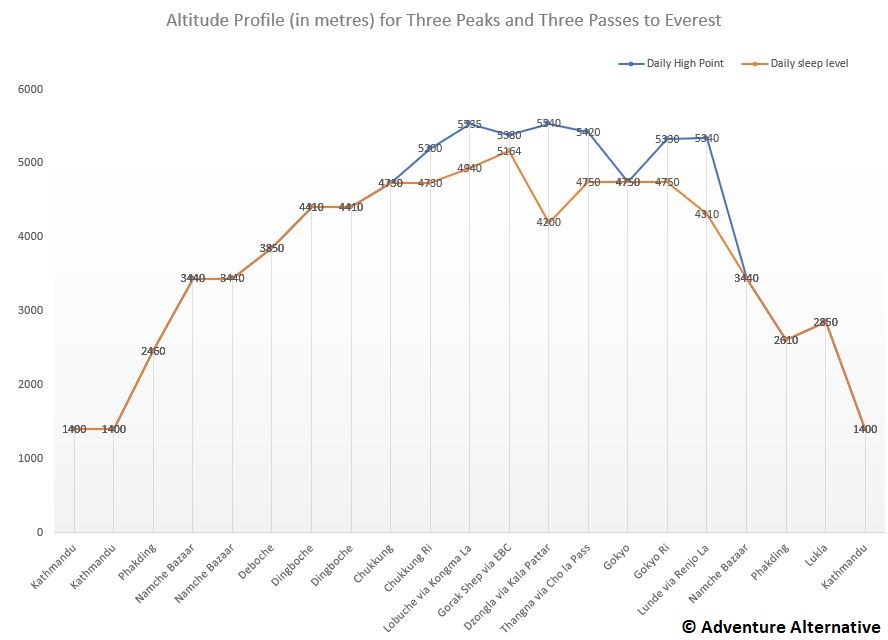
Accommodation on the Three Passes and Three Peaks Trek to Everest Base Camp
Accommodation on the trek will be in comfortable lodges run by local families, unless people specify a preference for tents. Each lodge has a central communal area with stove, while the bedrooms are unheated with two beds and mattresses, blanket and pillows. You will need to bring a sleeping bag (3 season is normally enough). The lodges generally have showers which are powered by gas and some use the infamous ‘drop’ toilets, though most now have flush systems now.
Food on the trek is very good quality, and a mixture of local Nepali / Sherpa food and western recipes. Burgers and chips are a common meal, as is dal bhat with rice. You will find everything from fresh pastries to beer, stir fries to deep fried Mars bars available in the lodges and shops a Nepal price guide can be found here. And there are many shops selling all types of drinks and snacks, sweets and chocolate. The biggest challenge will be avoiding all the unhealthy foods and sticking to a simple diet of rice and dal!
Packing List for the Three Passes and Three Peaks Trek to Everest Base Camp
The basic idea of the kit that you need to take is to keep you warm, dry, protected from the sun, able to move comfortably in the mountains and able to be comfortable in the evenings and at night.
You will be given a detailed kit list after booking, but the main points to cover are as follows:-
- BAGS – Rucksack or duffle bag for a porter to carry plus a day pack to be carried by you
- SHELL – Top and bottom waterproofs to keep off wind/rain
- LAYERS – Shirts, trousers, shorts, Tshirts, jumpers and jackets, hats and gloves
- BASELAYER – Thin layers to wick away any sweat and to wear for cold mornings
- FEET – Comfortable boots with a good sole and ankle support. Lighter footwear to change into in the evenings.
- SLEEPING – Warm sleeping bag (3 or 4 season) to get a good nights sleep at the lodges (they also have blankets)
- DRINKING – Water bottles should be hard plastic (Nalgene), not throwaway bottles.
- WASHING & MEDICAL – wash kit, towel, first aid kit
- SUN CARE – sunglasses, sunhat
- TREKKING – trekking poles, umbrella, dry bags
- PERSONAL ITEMS – cameras, books, music
We also hire lot’s of equipment which can be seen in the ‘Extras’ tab. If you look at the ‘More Information’ section you will find in-depth details covering a Packing List for Nepal, Trekking Boots, Sleeping bags and Local prices. In Kathmandu has an area called Thamel which is full of hundreds of equipment shops, each one an emporium of new, used, quality and fake equipment all very reasonably priced for rental and buying. You can buy almost anything needed for any trek.
If you have any questions about what kit to bring then to please call or email us. Do consider this is a long trek though it is possible to wash items en route however drying them can at times be difficult, especially higher up, though there are rest days. You must be prepared for cold conditions on the passes and peaks, hopefully that won’t be the case, but best to prepare with good insulating layers and windproof outer shells.
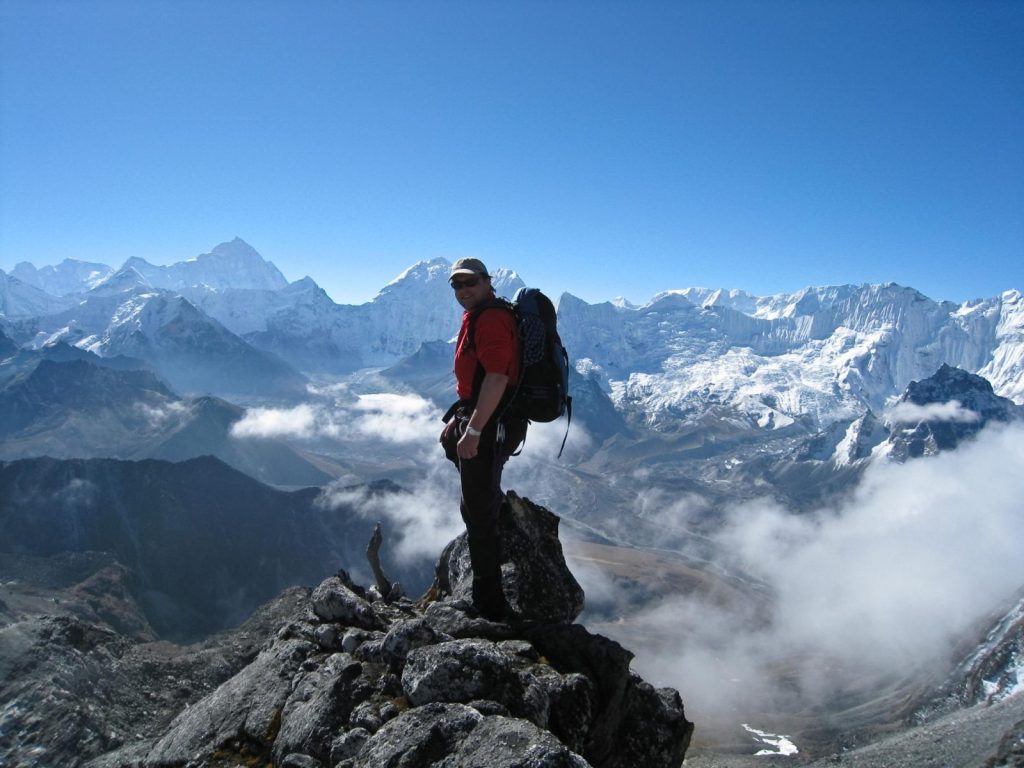
Frequently Asked Questions
Key Information & Guides
General Nepal Information
Health and Safety Guides
Preparation & Kit Guides
Book Your Adventure of a Lifetime Now
Discover our trips to other Countries
Other Trips You May Enjoy
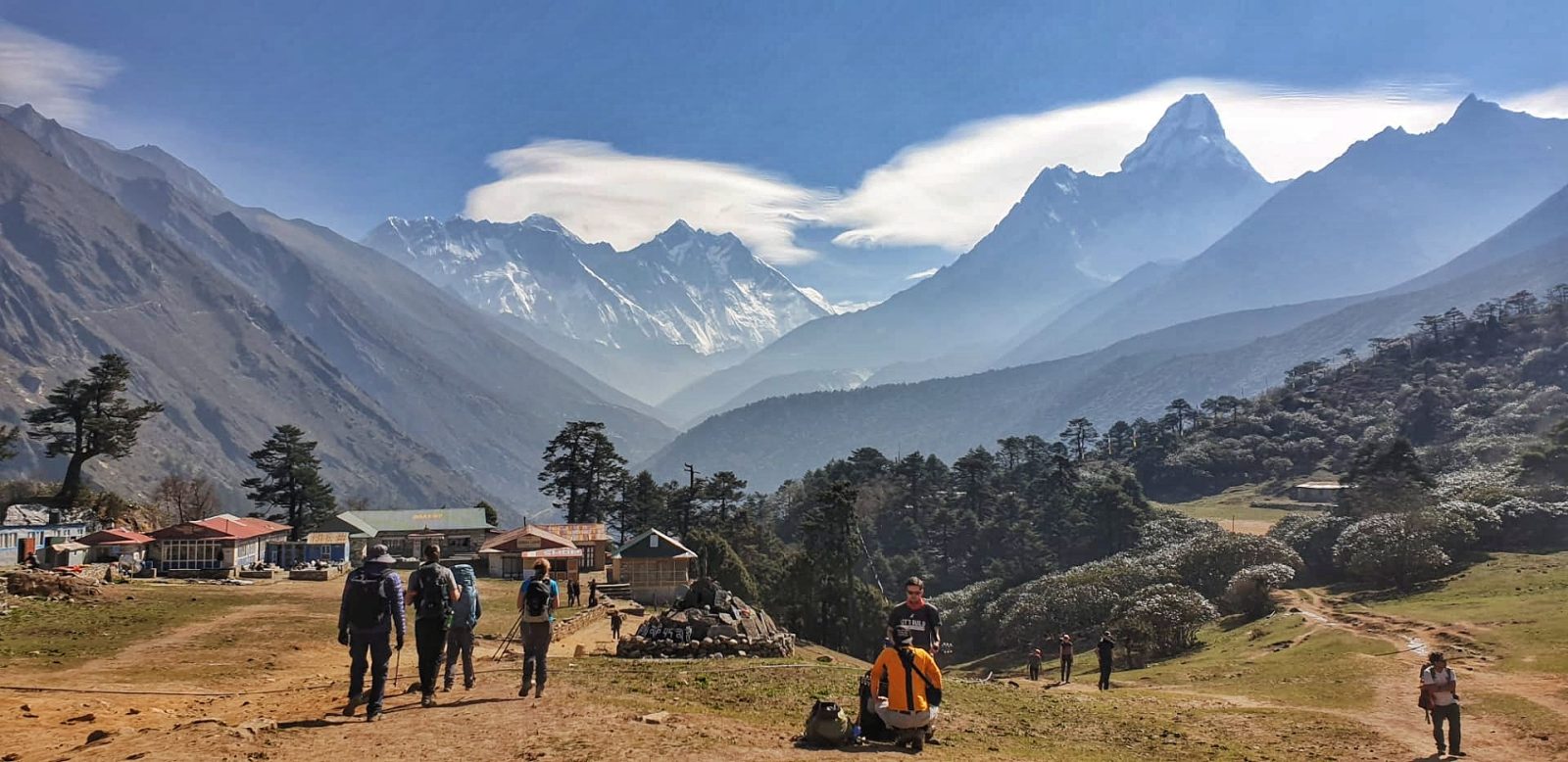
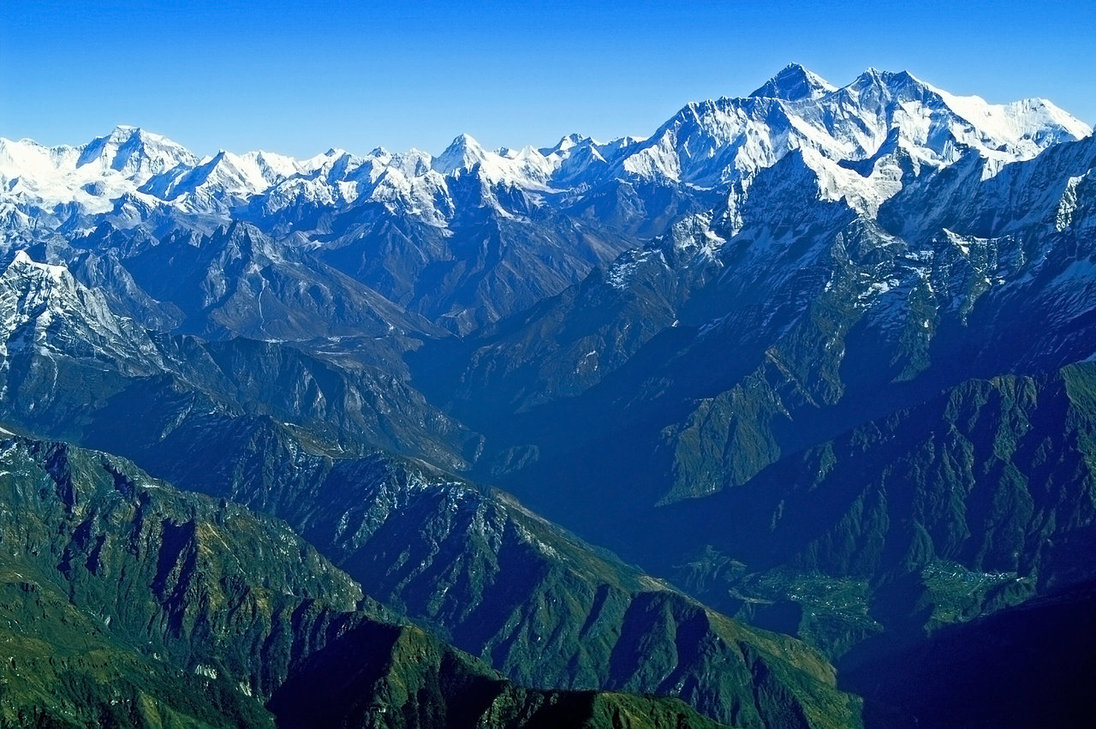
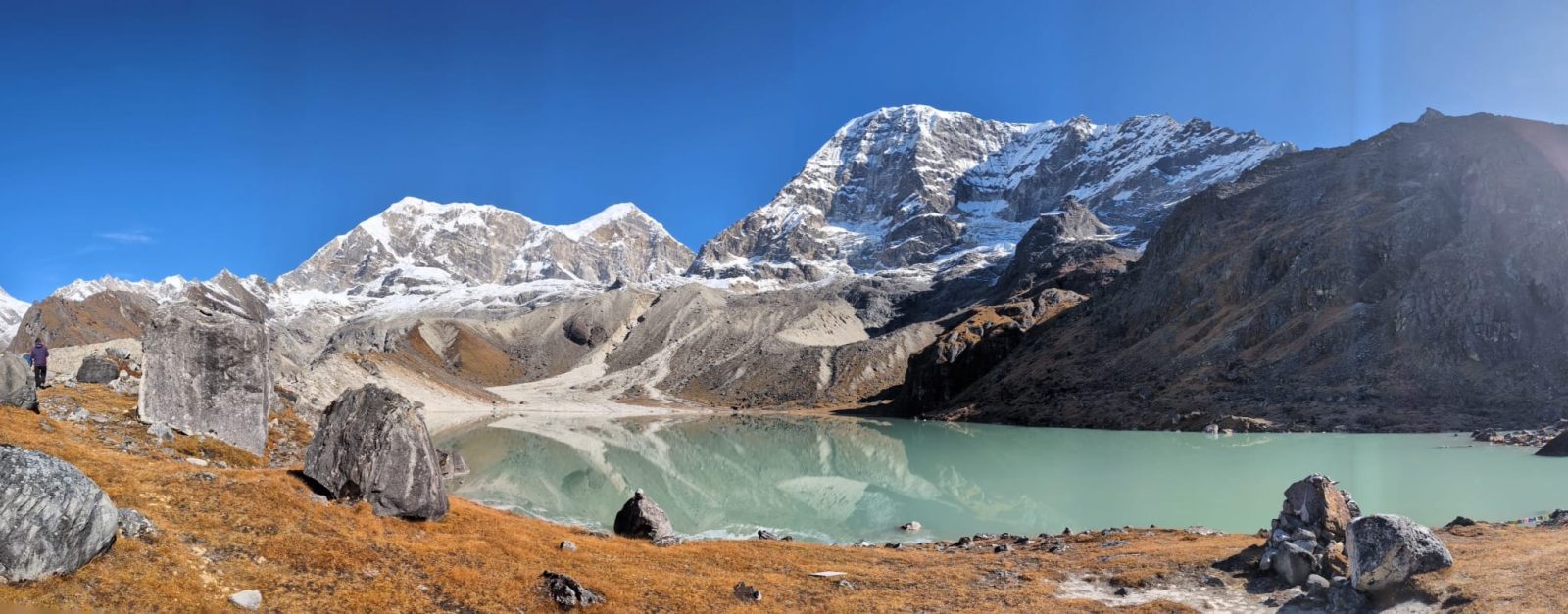
Our Nepal Posts
We’re dedicated to helping you make the most of your next adventure trekking holiday. That’s why we’ve created our travel blog full of in-depth trekking guides, travel inspiration and other fantastic information. Having done all of these climbs many times already, we want to pass on our wealth of trekking wisdom to you.
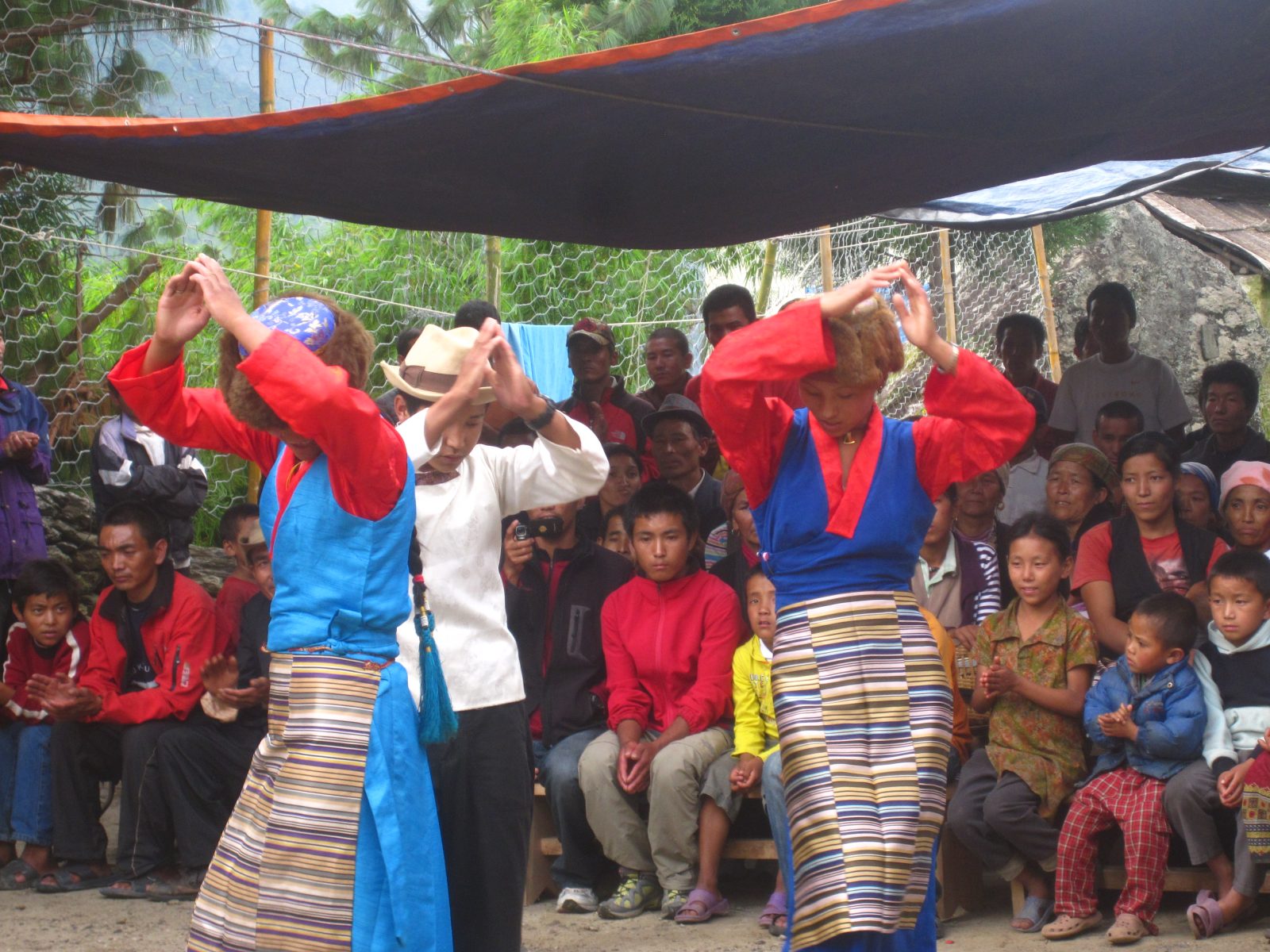
Happy New Year Nepal!
Although our calendar, the Gregorian calendar, is recognised in Nepal they also have others which are also used so it's currently the...
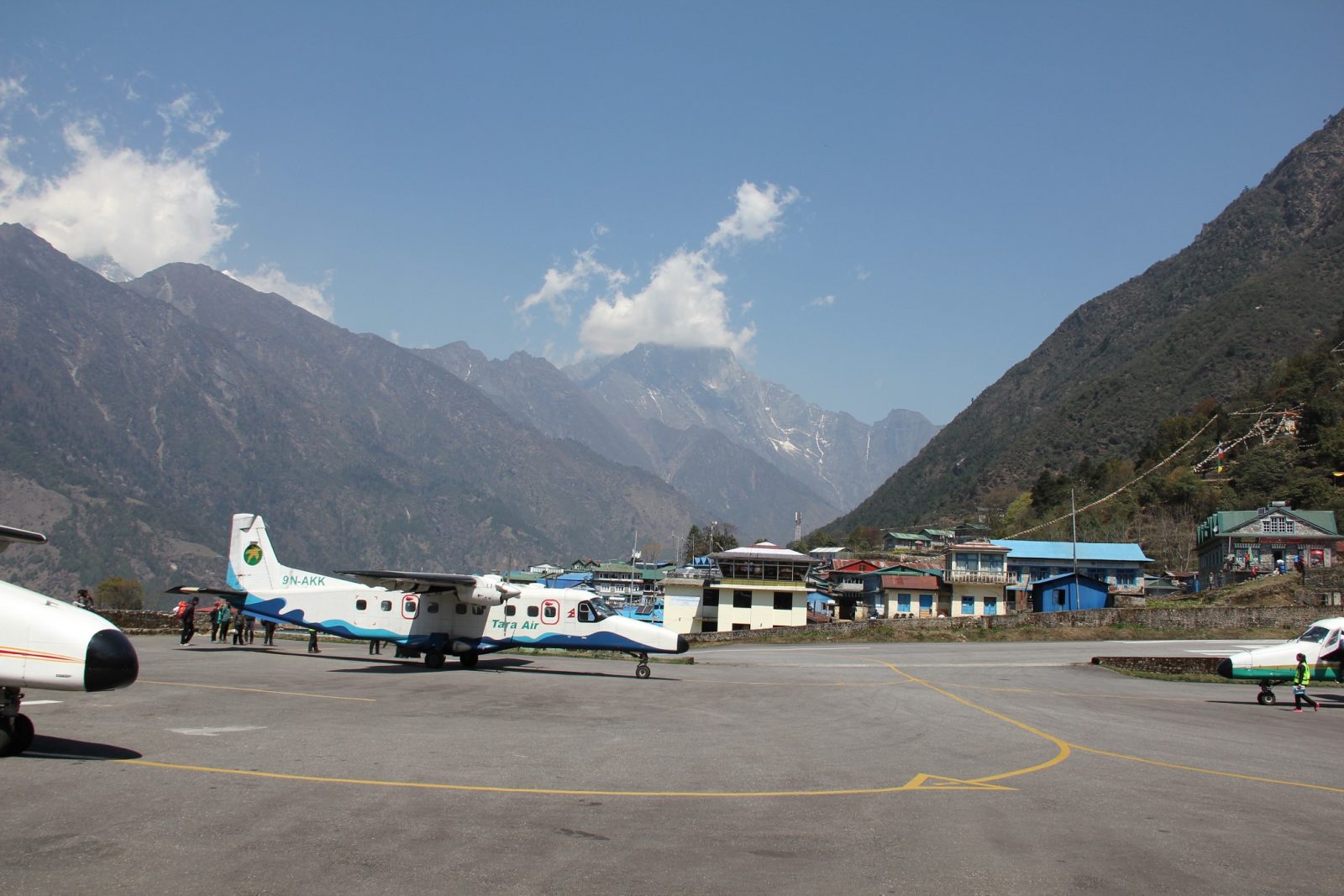
The Road to Everest
It used to be that the quickest way to get to Everest Base Camp was to fly into Lukla airport. Now all that is about to change with the building of...
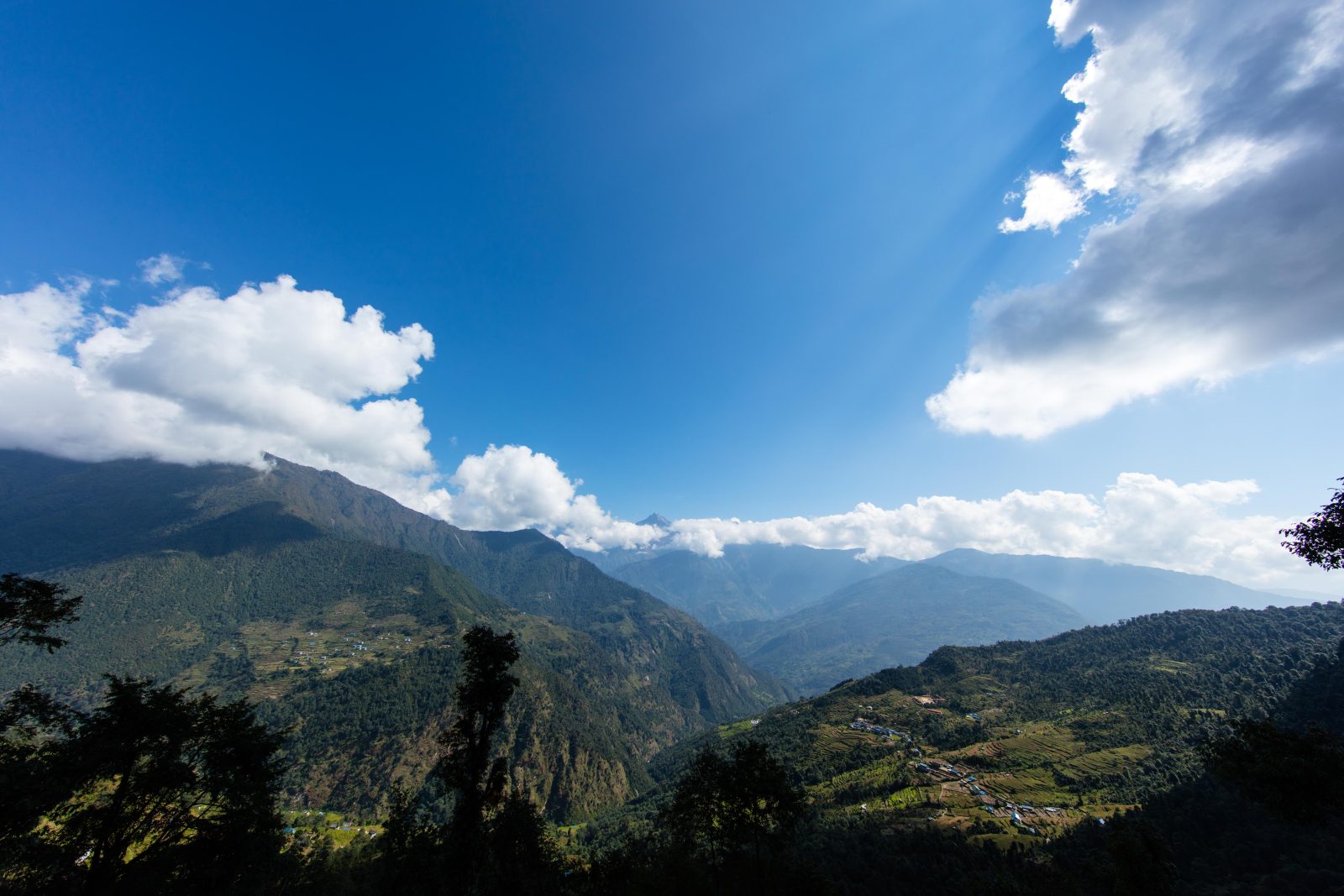
Trekking With Children in Nepal
There are no rules or laws that restrict children trekking in Nepal and it is the perfect place to combine stunning scenery with an incredible...
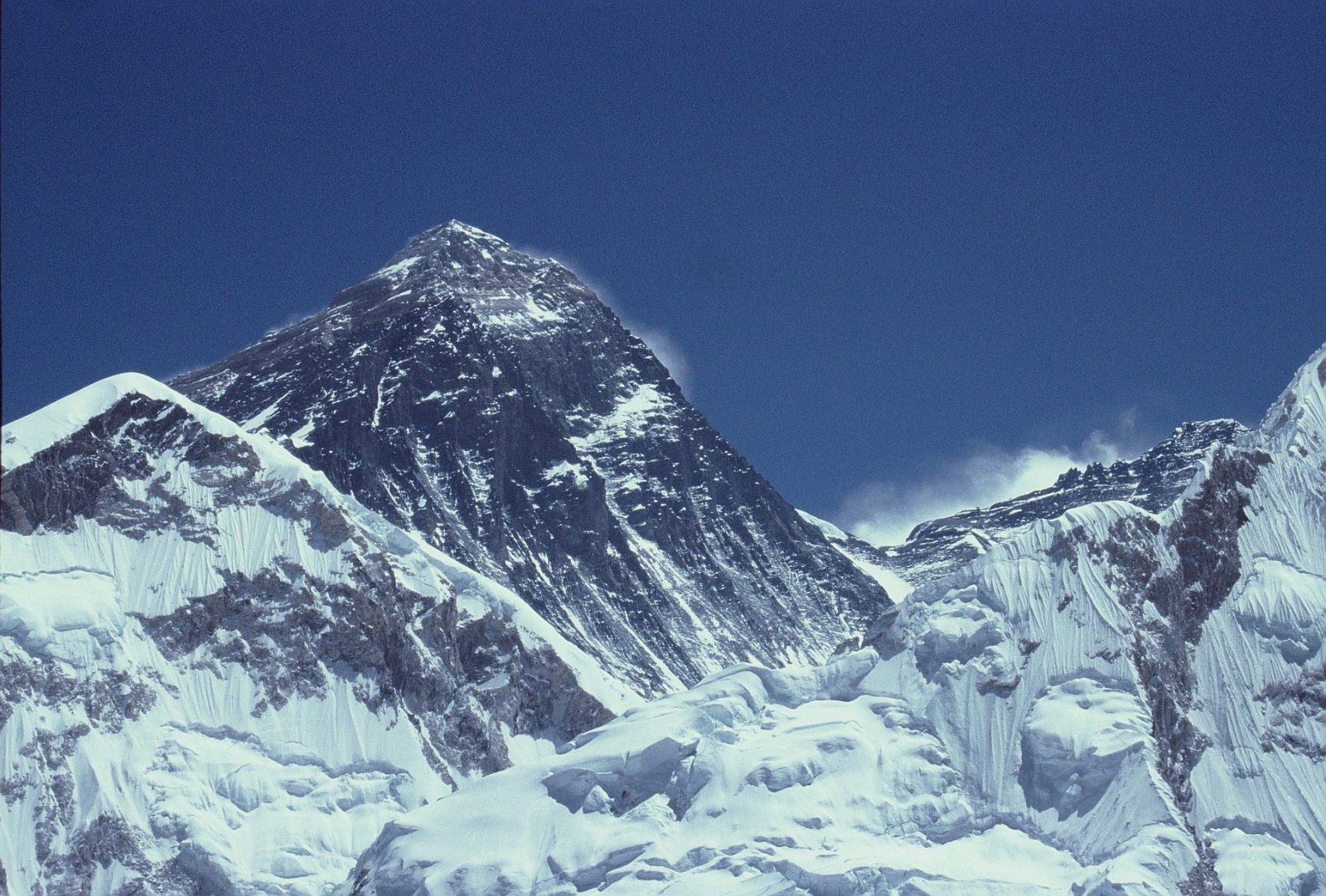
Faking Mount Everest?
An interesting story has come about towards the end of this years season on Mount Everest concerning the claim from an Indian climber that his...

How Hard is it to Trek to Everest Base camp?
A trek to Everest base camp is a very realistic opportunity for most people who enjoy the outdoors and have a good level of fitness and...
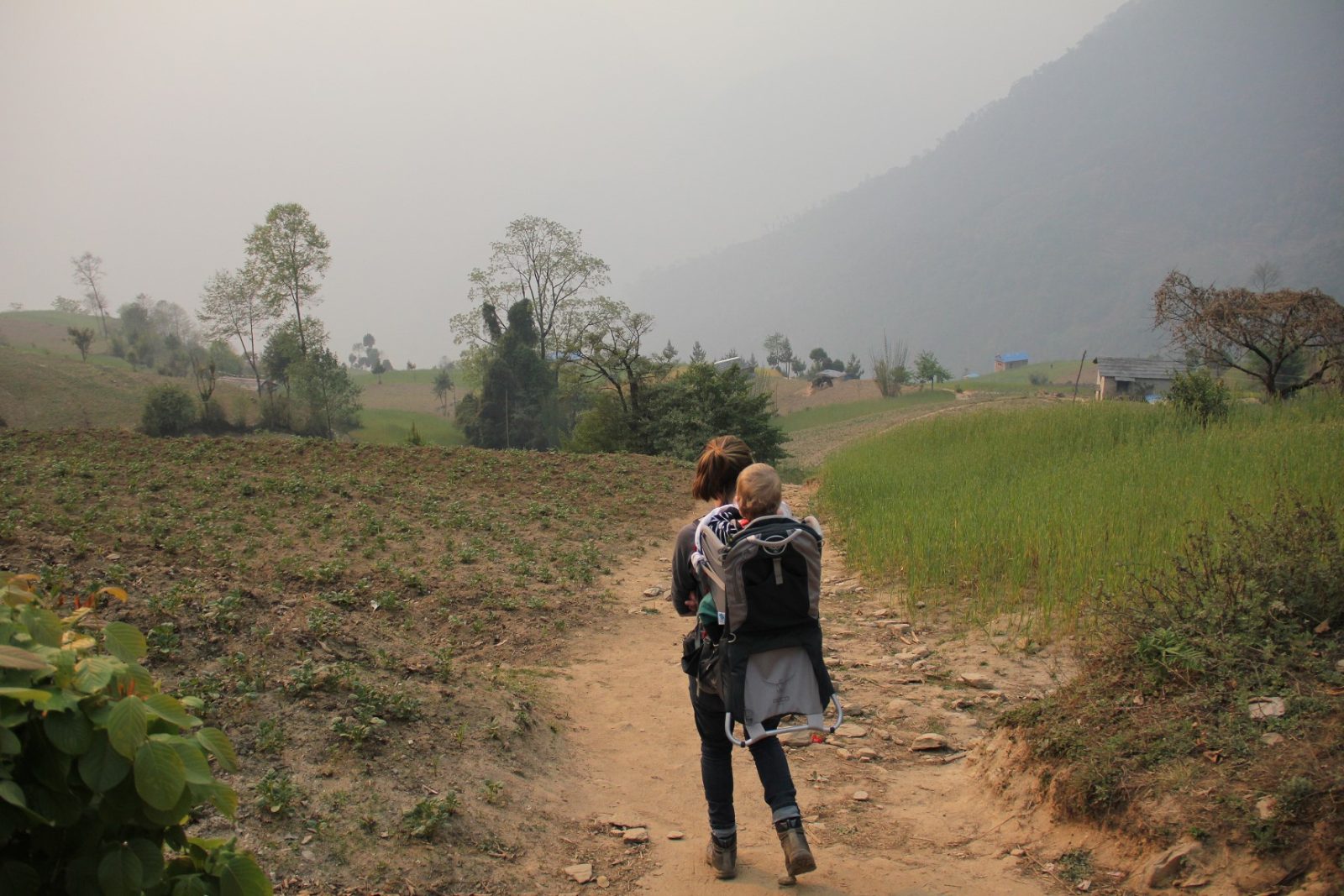
Trekking With Young Children in Nepal
I remember a friend saying he was looking forward to when his children were six or seven years old so that they could go travelling as a family to...

